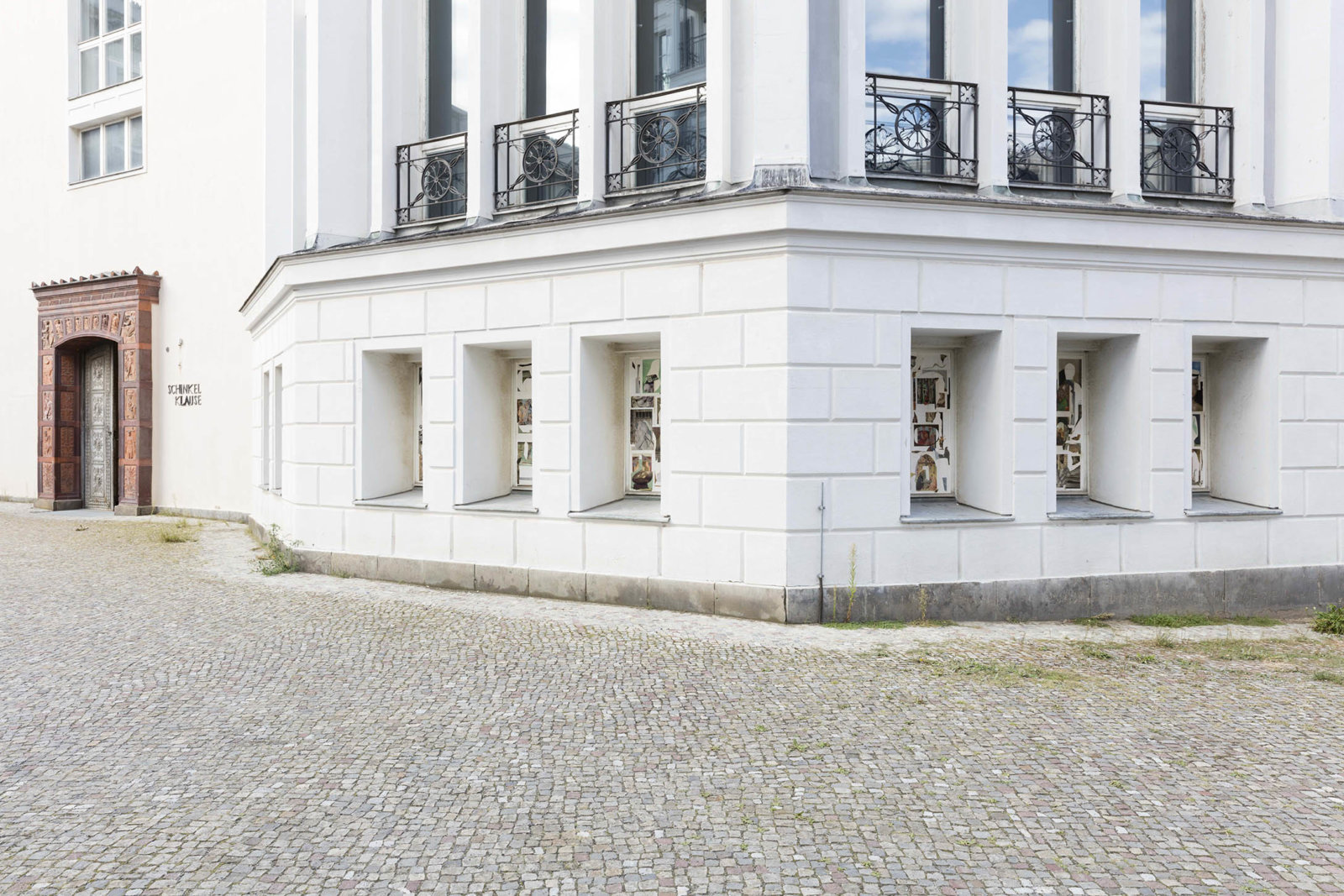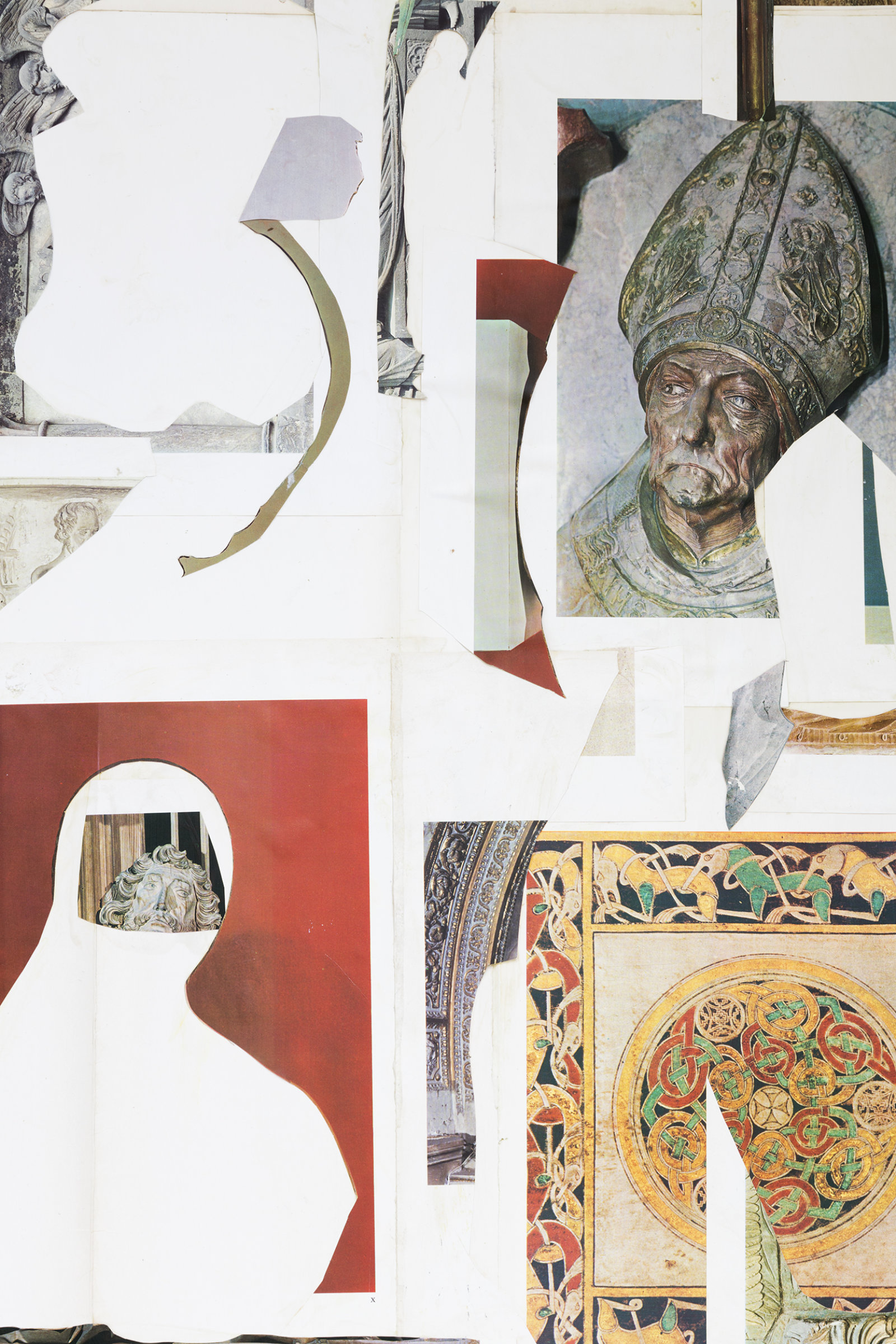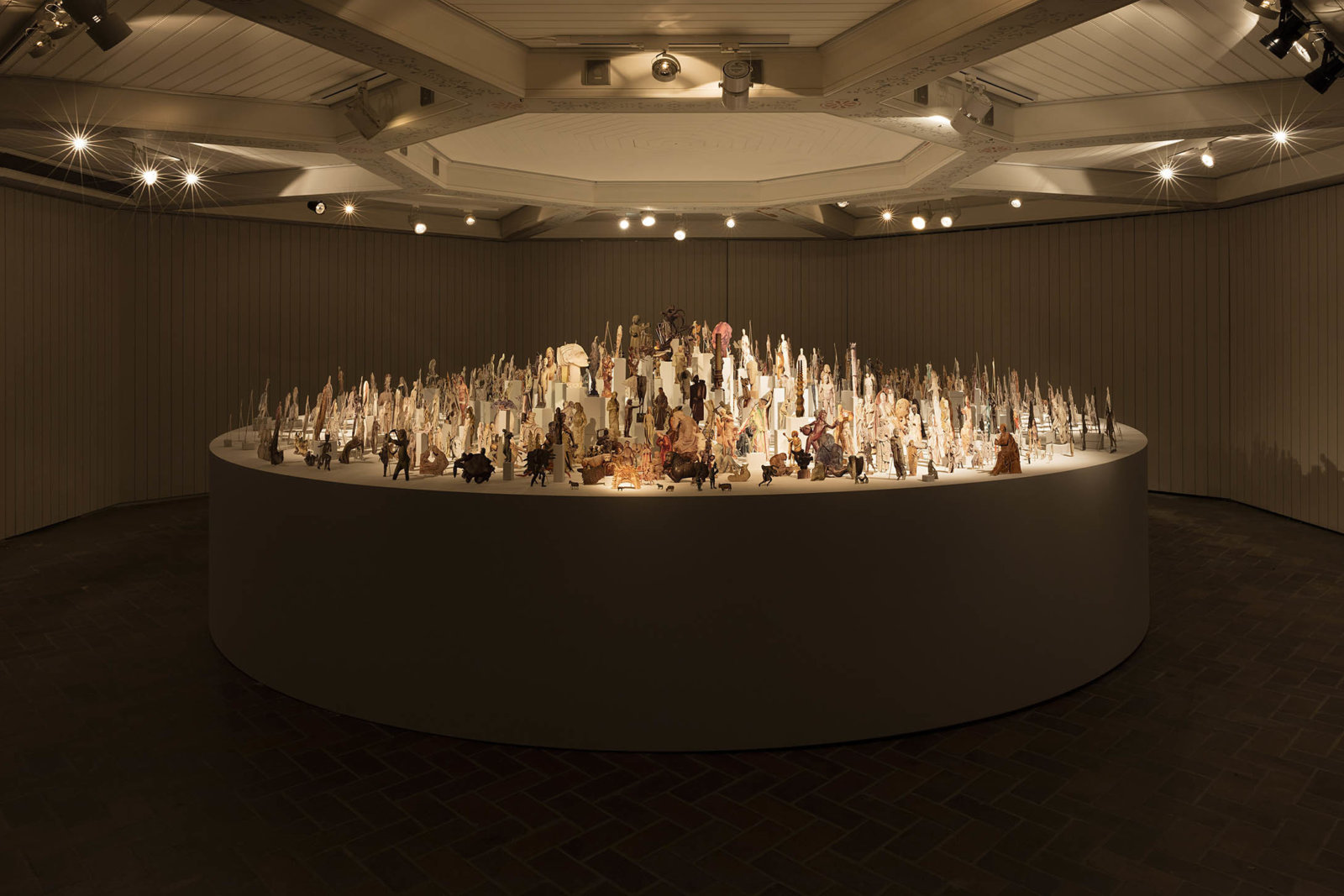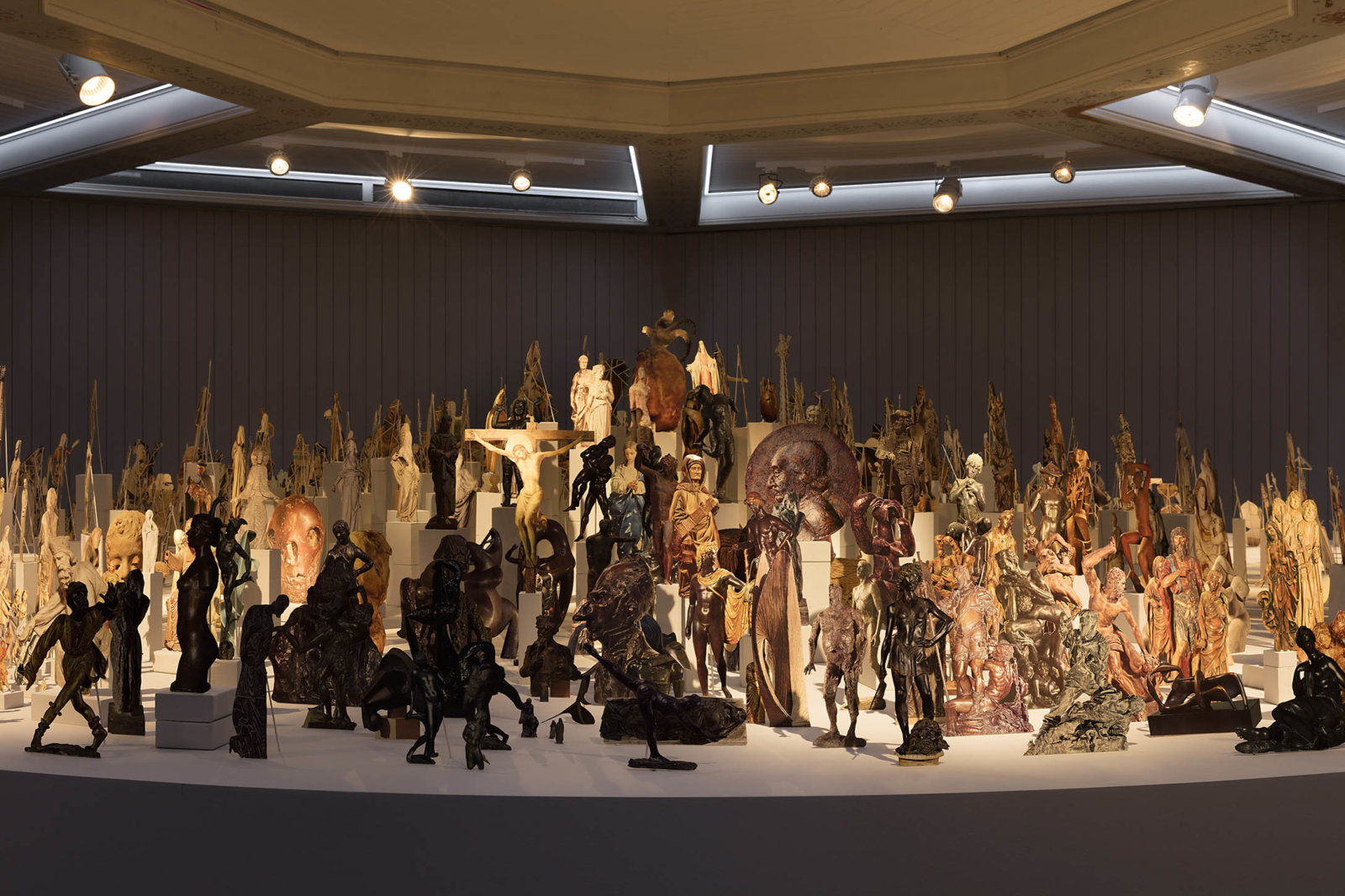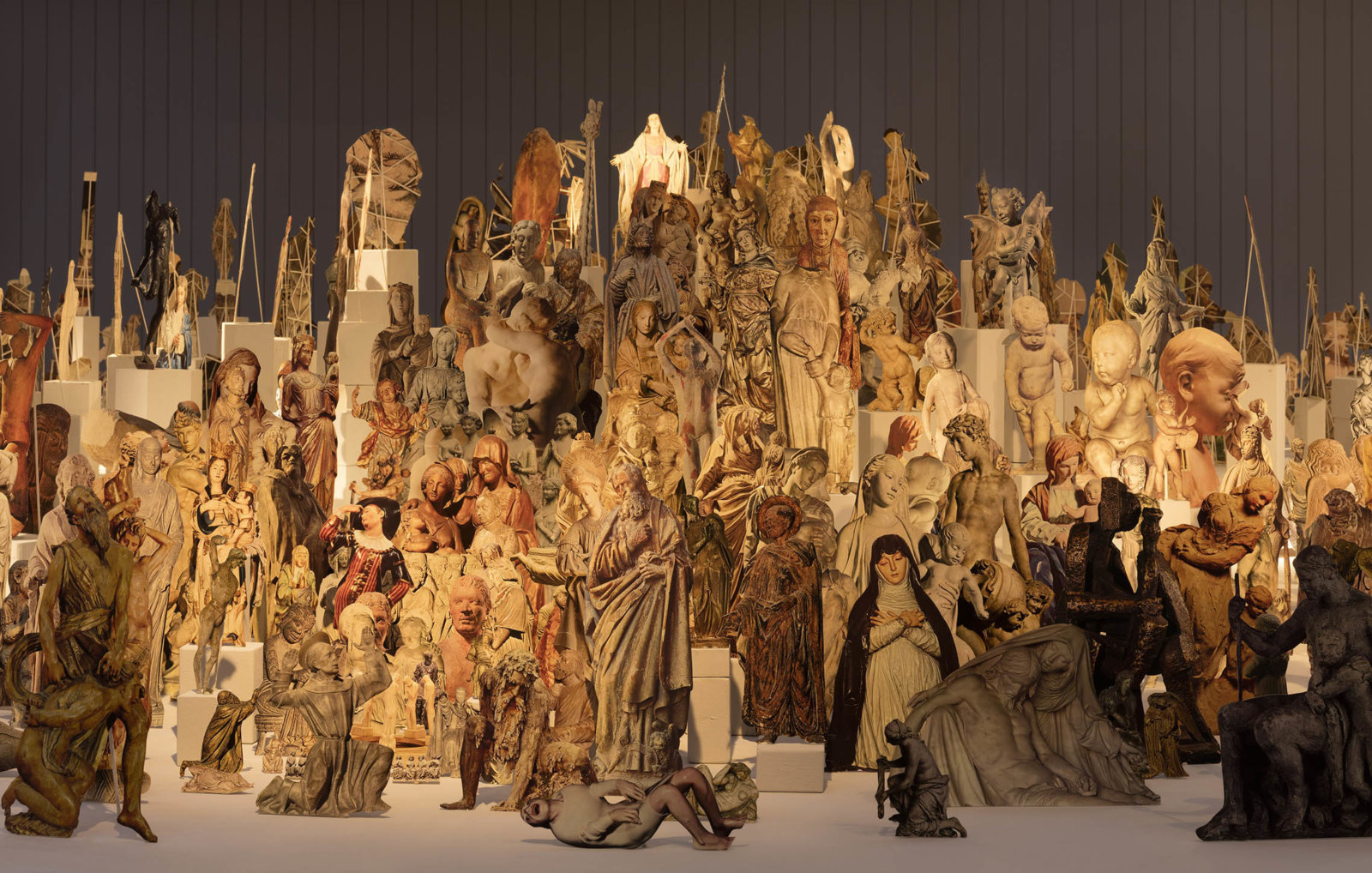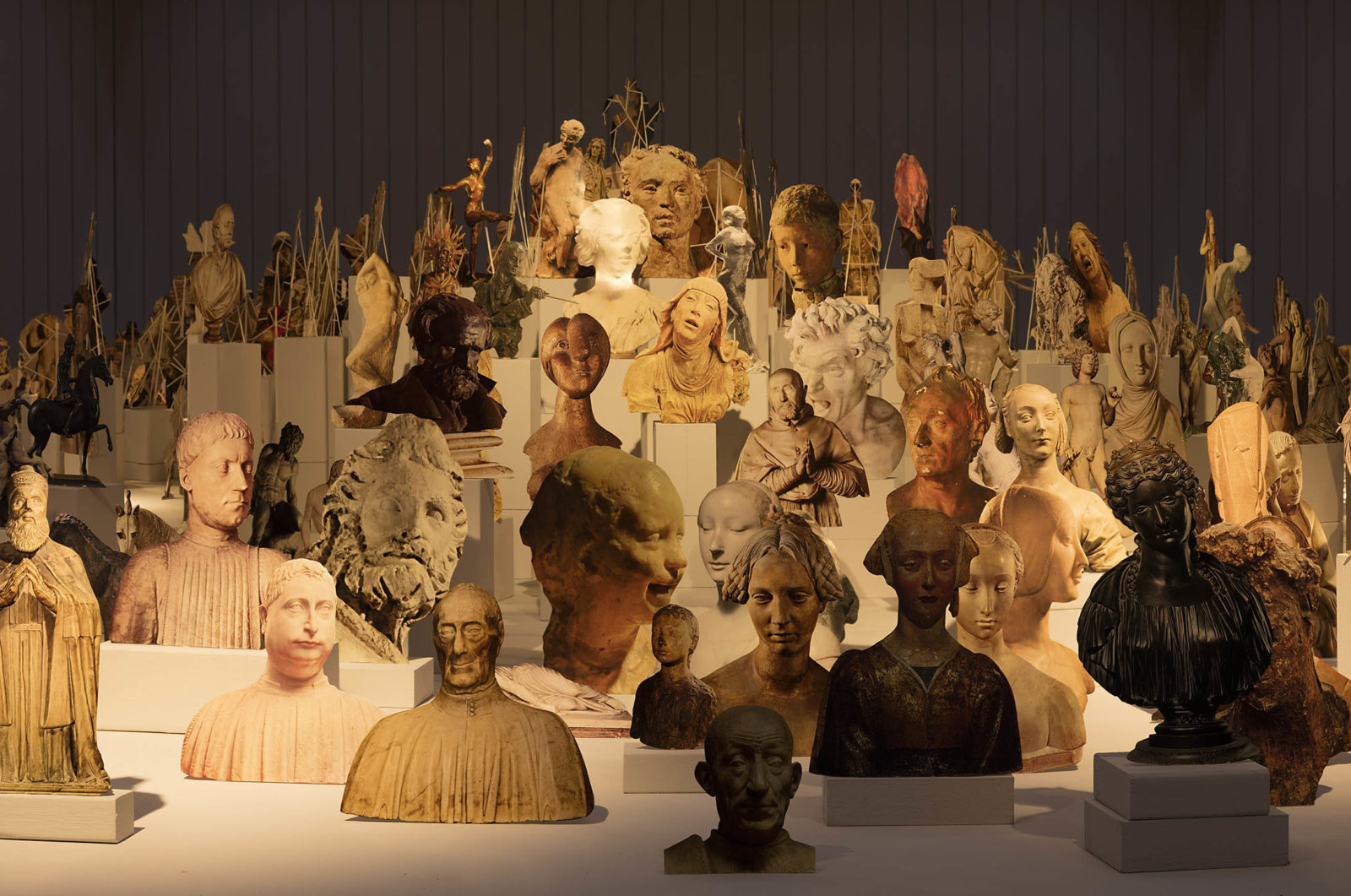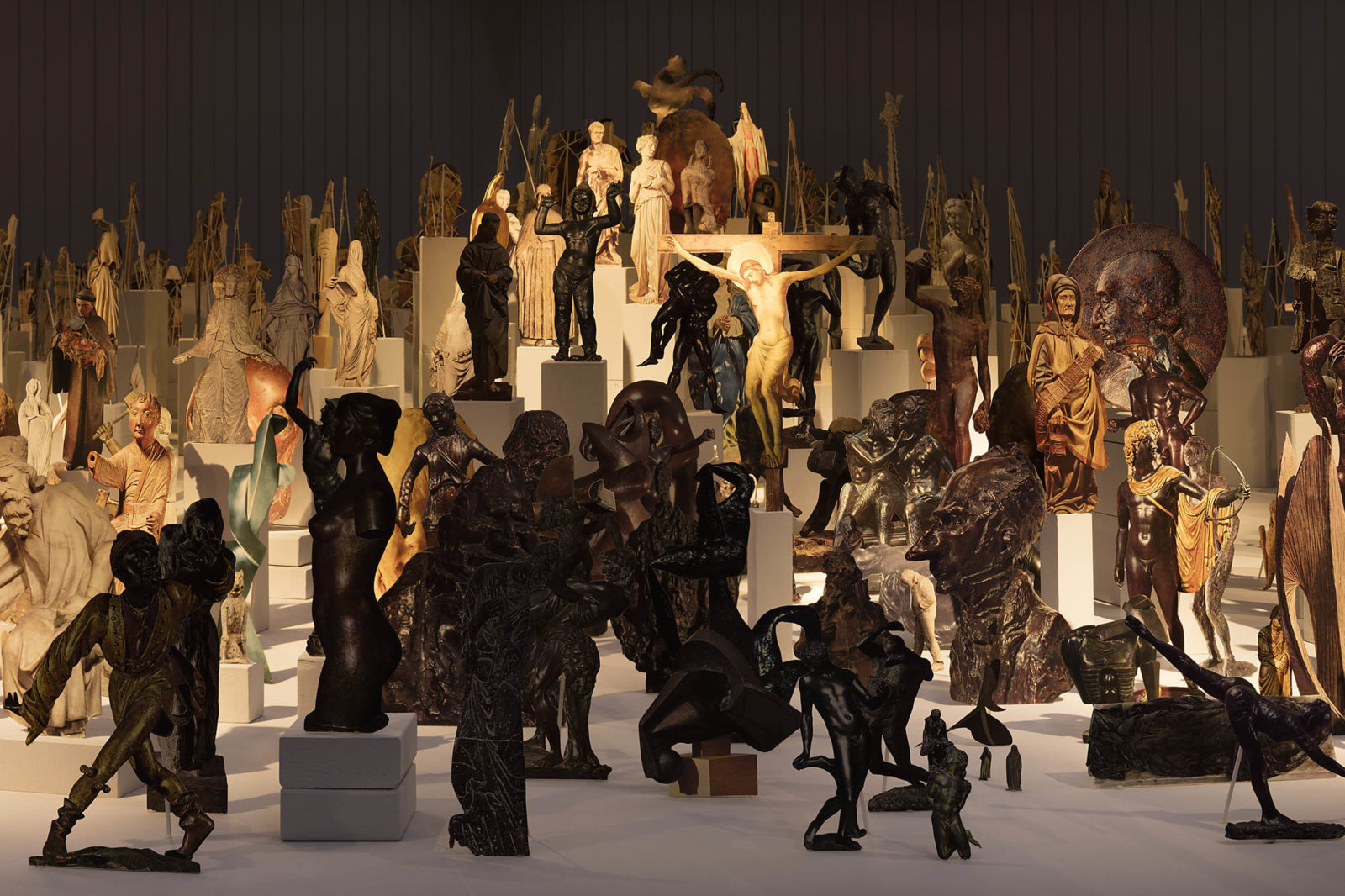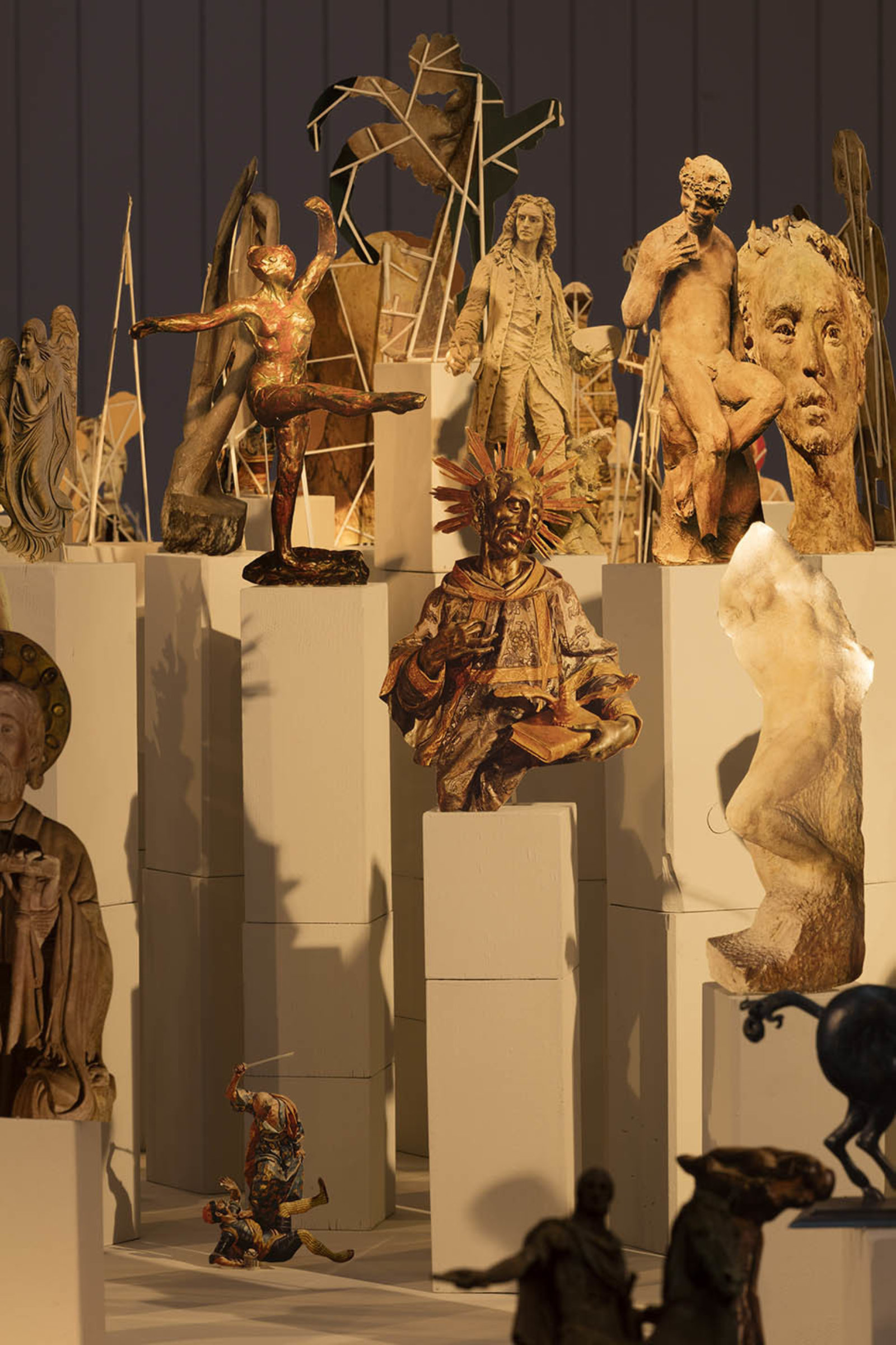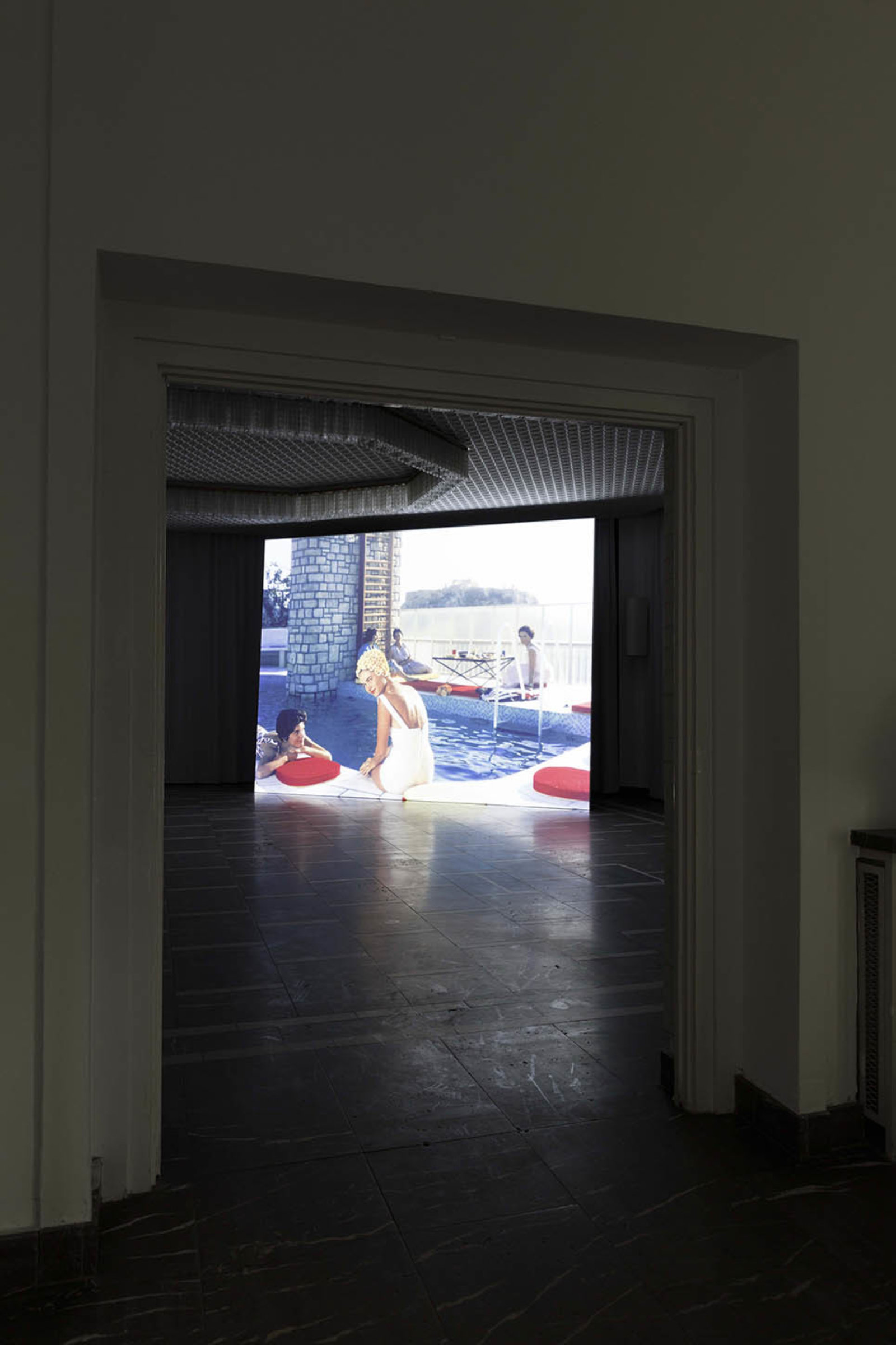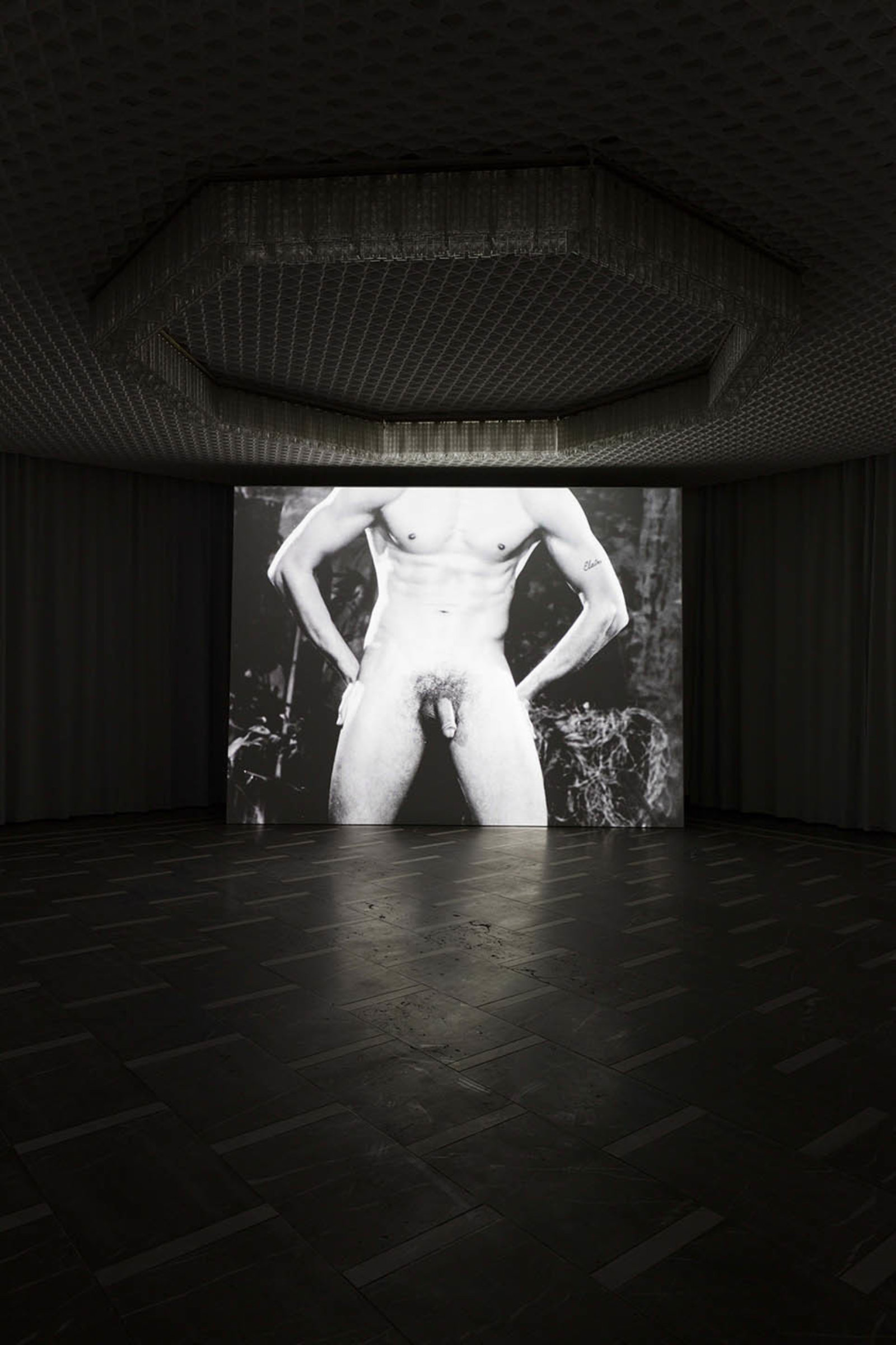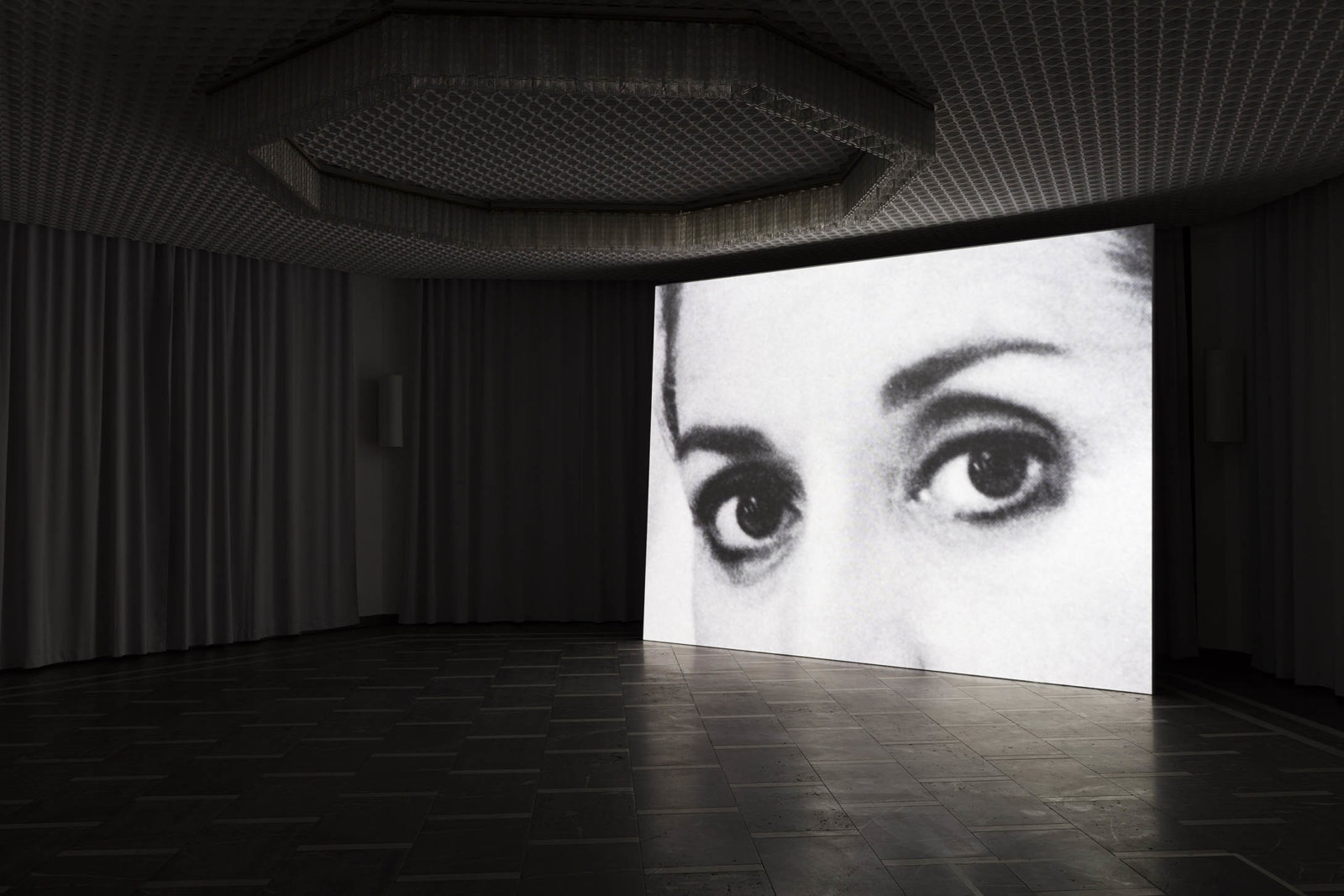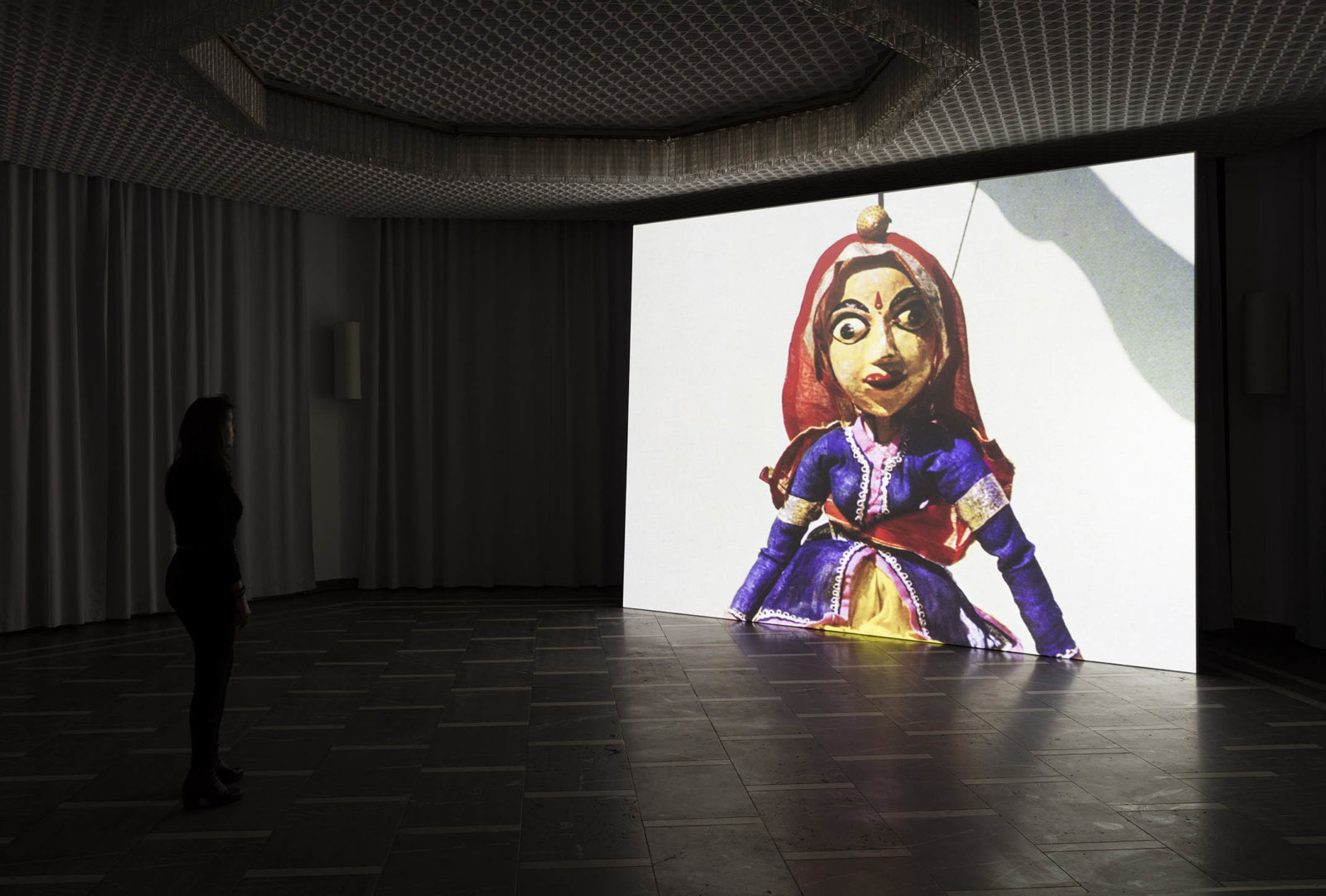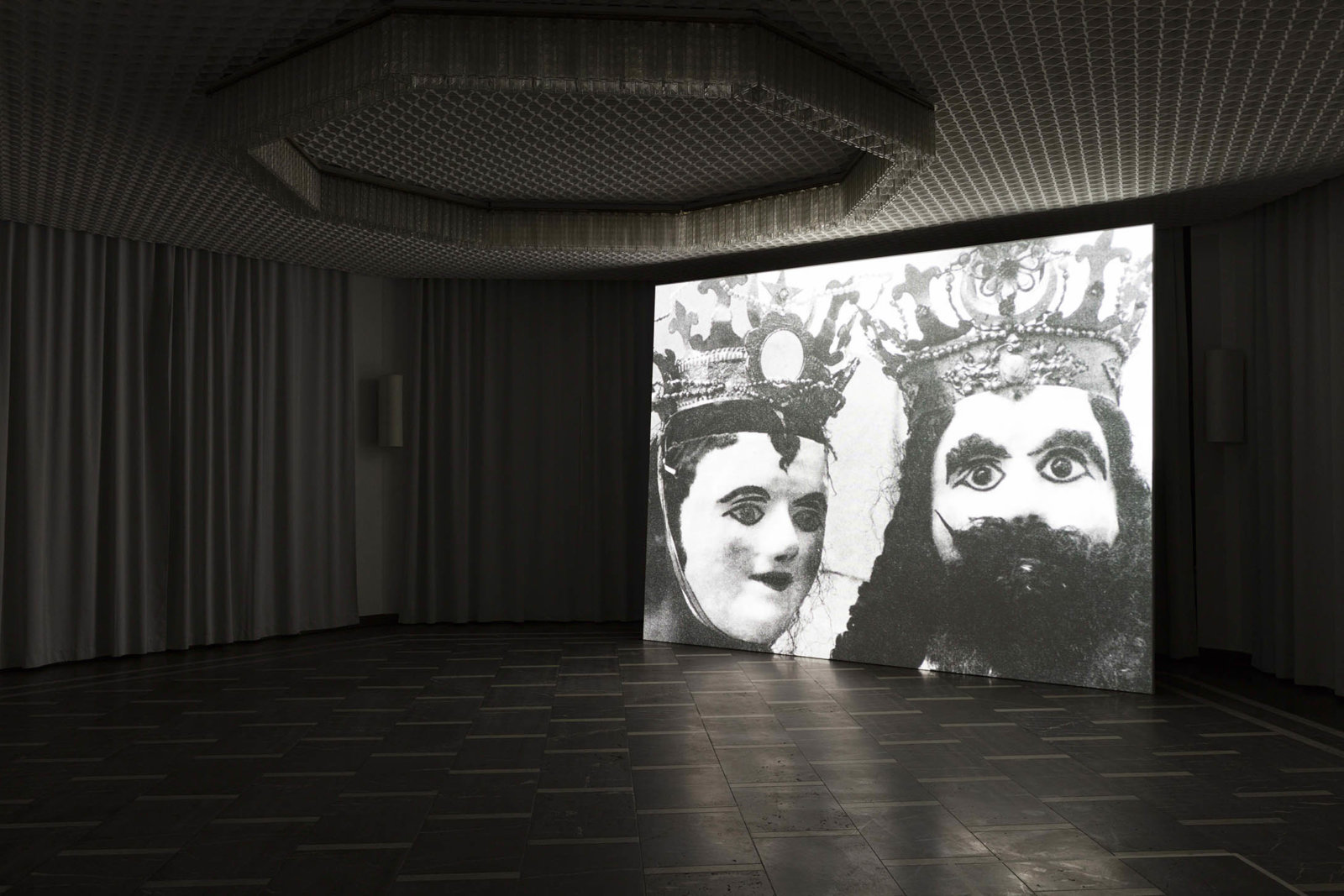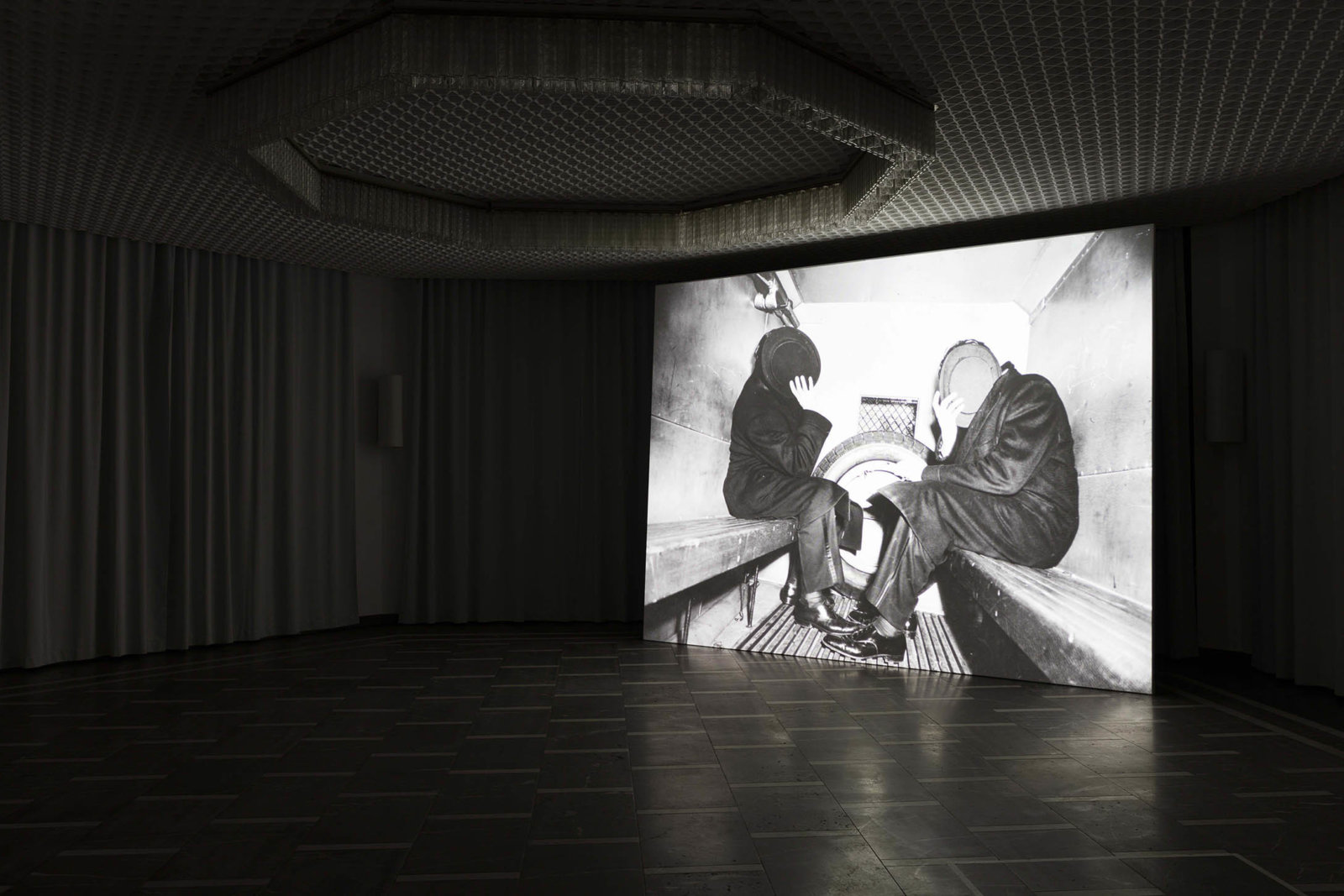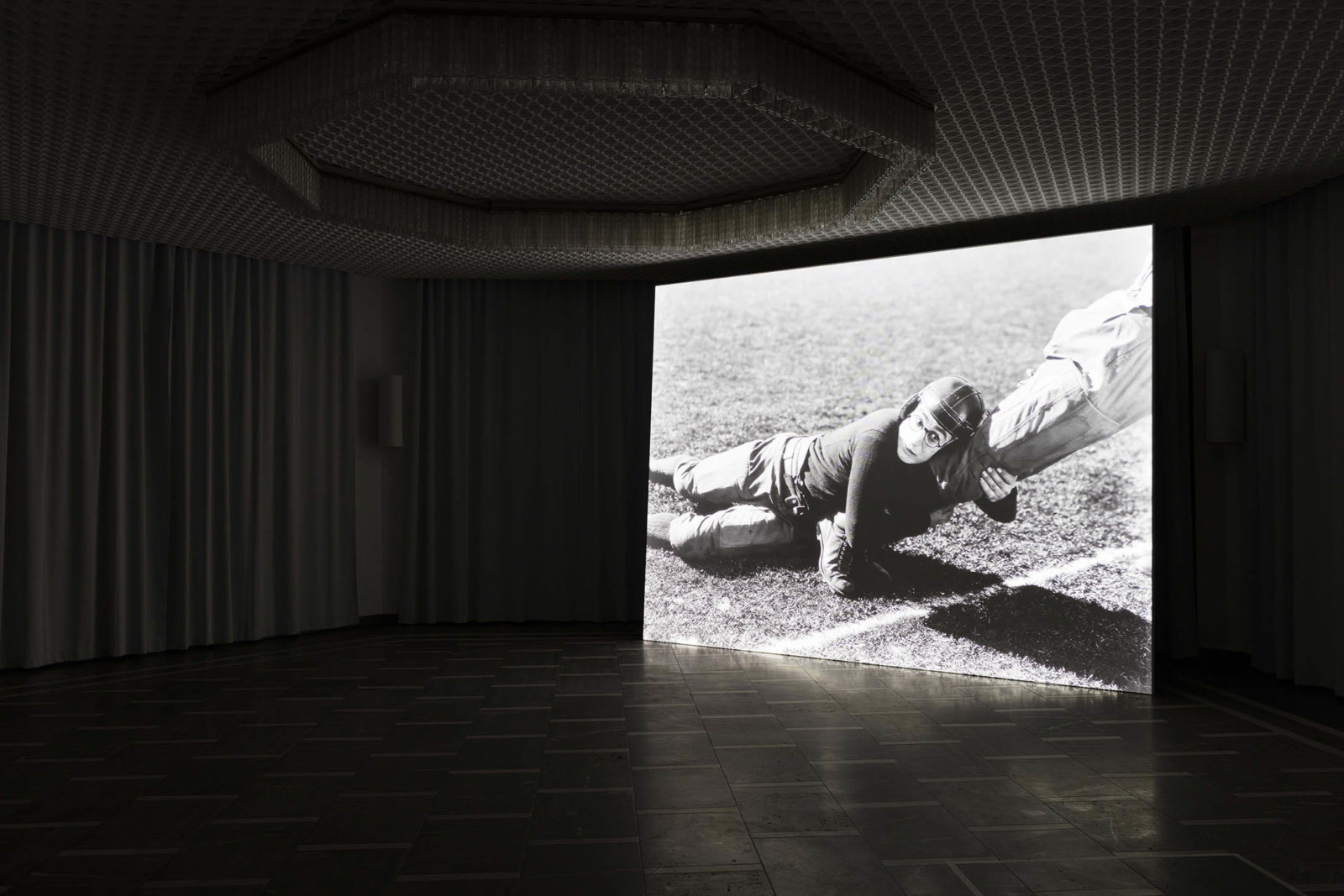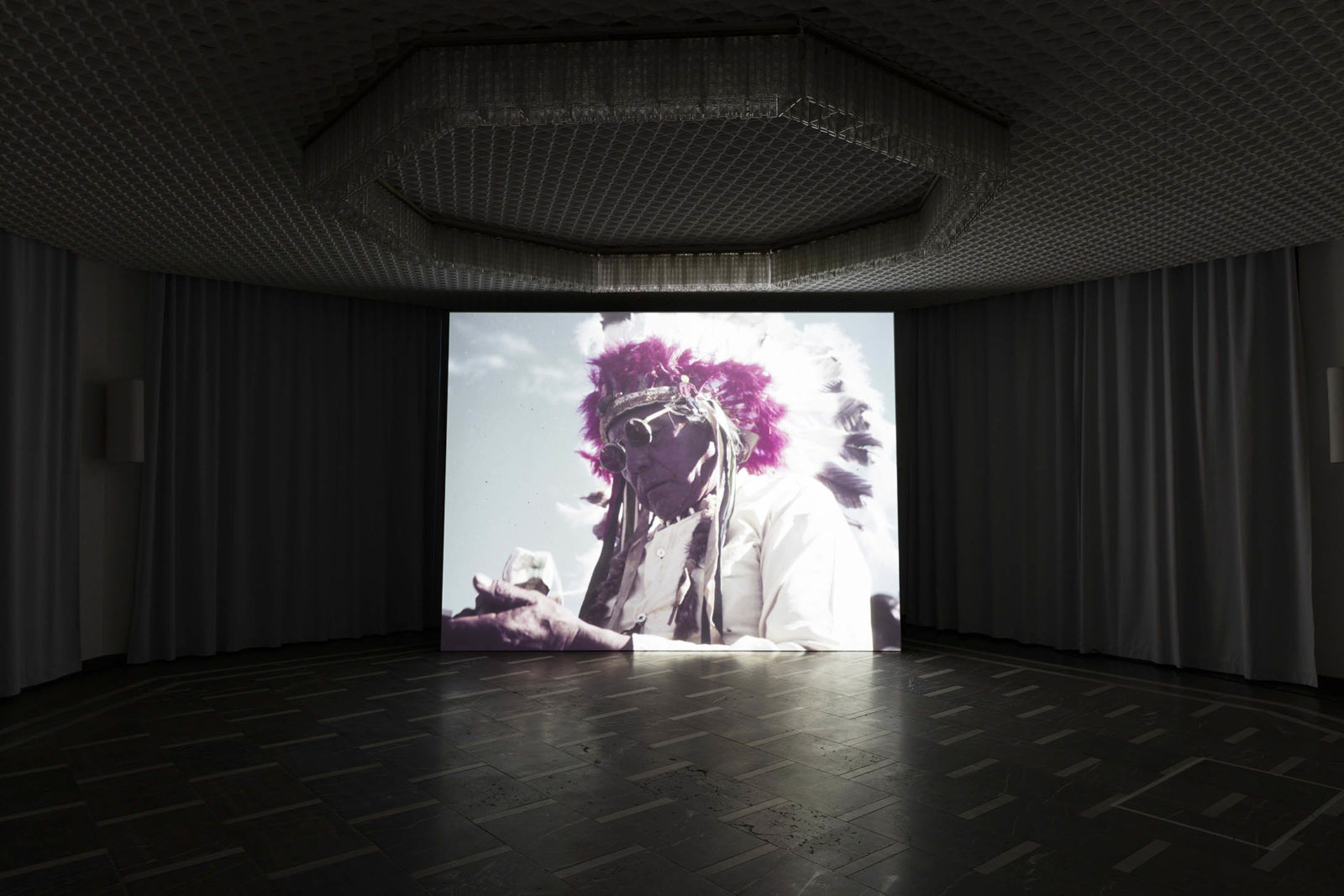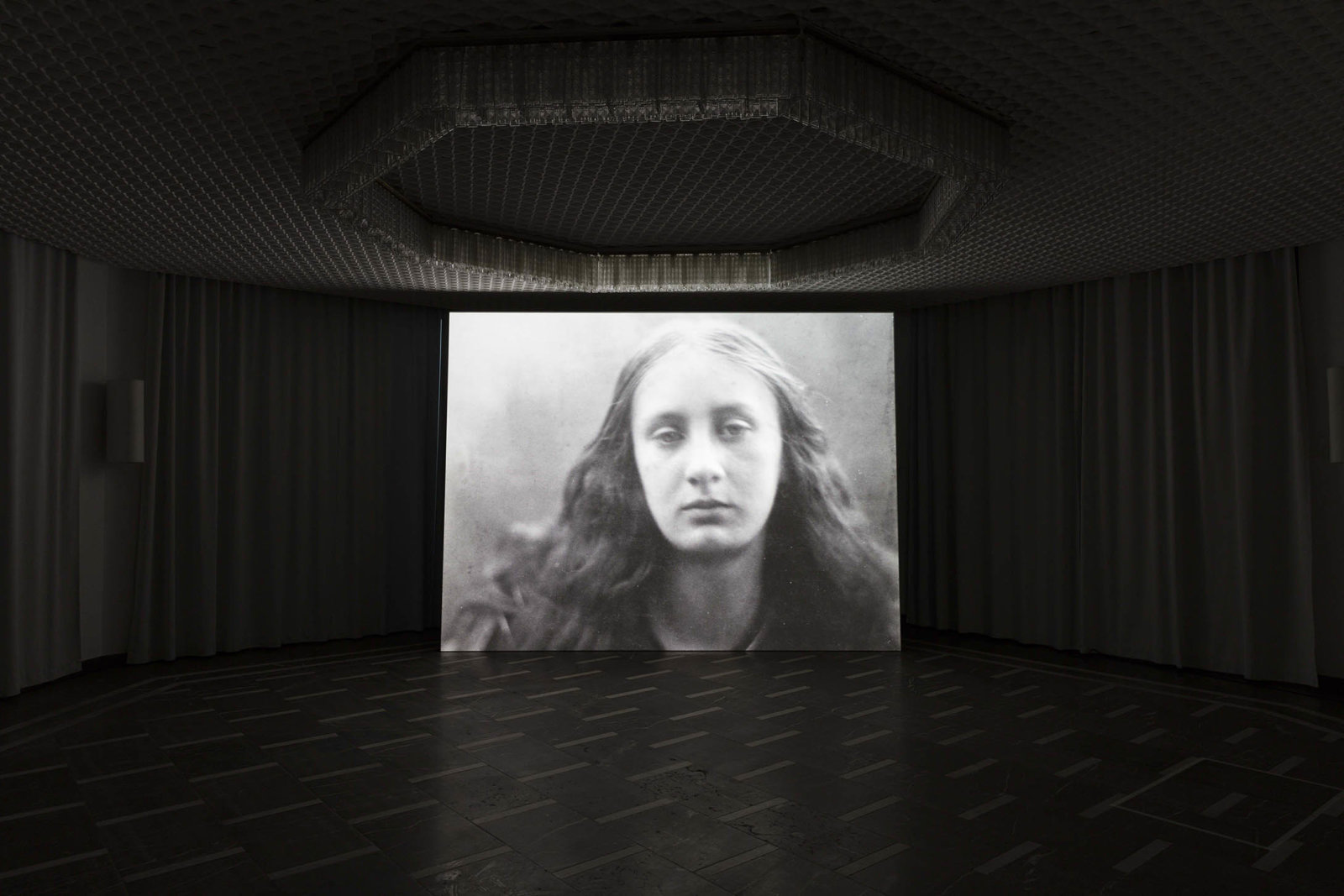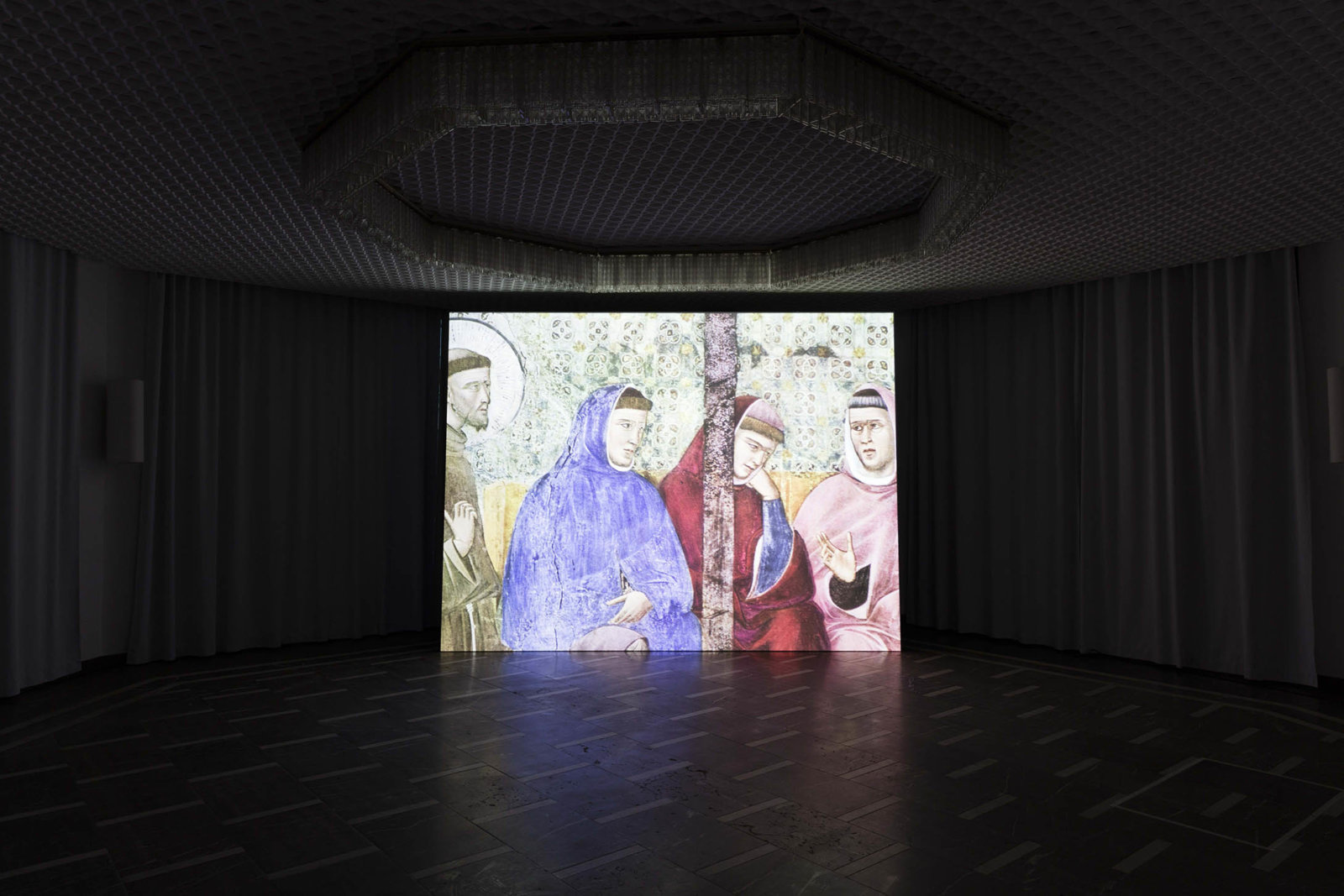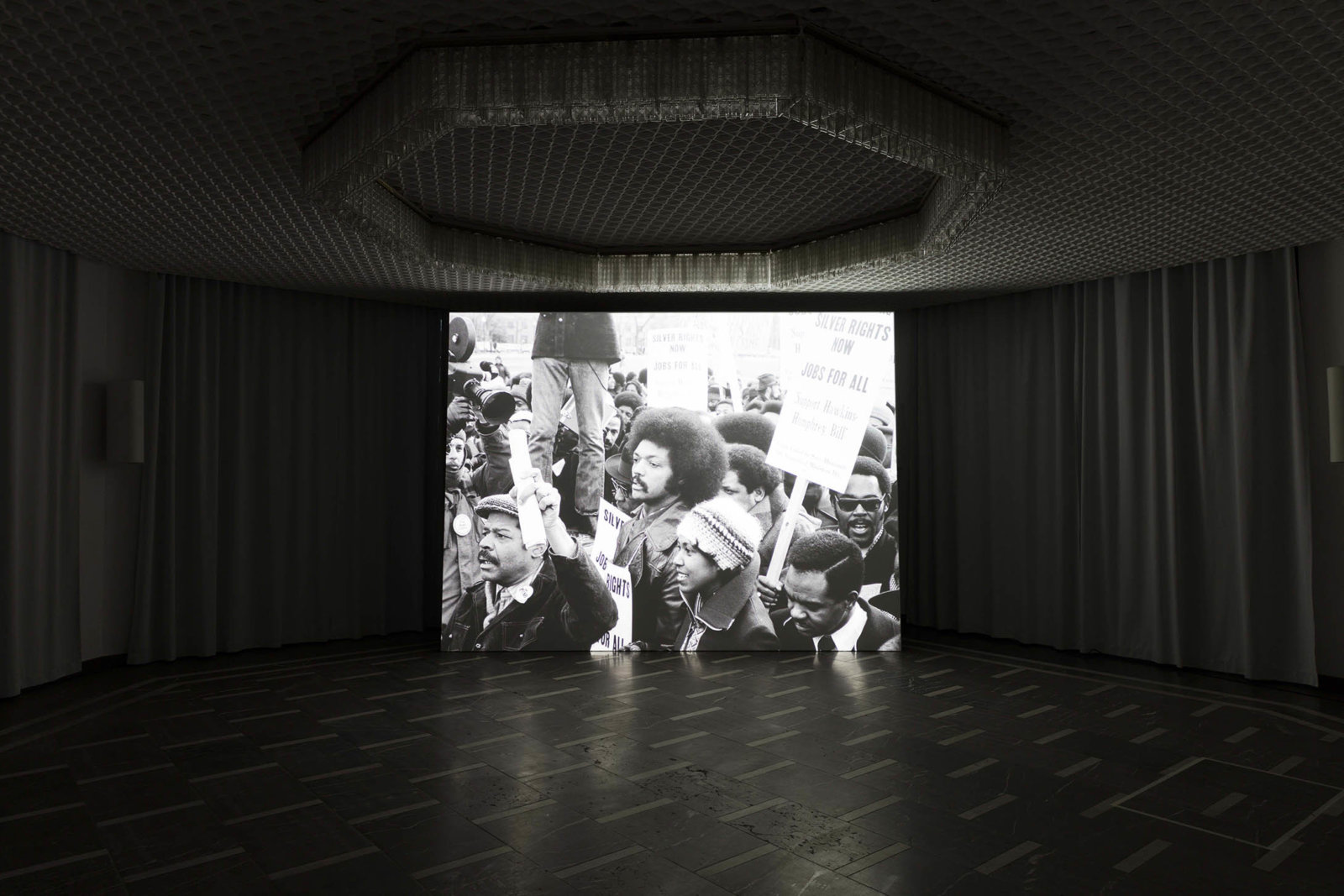Geoffrey Farmer – The Care With Which The Rain Is Wrong, SEPTEMBER 16–NOVEMBER 19, 2017
Geoffrey Farmer
The Care With Which The Rain Is Wrong
September 16–November 19, 2017
Schinkel Pavillon, Berlin, Germany
Geoffrey Farmer explores the art, cultural and political history of humankind by continuously investigating their image reservoirs and narratives. Farmer meticulously collects images, objects and sounds of different subjects over long periods of time in order to assemble extensive installations that remain in a continuous state of transformation. Through the media of photography, video, sculpture, drawing and text Farmer explores how each field influences our perception and in which way the pictorial becomes a requisite and actor in our interpretation.
For the work Boneyard, presented in the octagon of the Schinkelklause, Farmer transforms a collection of art monographs, Maestri Della Scultura, printed by the Milanese publishers and brothers, Fratelli Fabbri. Cutting each sculptural reproduction out, he places them, free-standing on a large circular plinth forming a network of free-association. From antiquity to modern times the narratives of the individual figures and personalities placed in the rotunda intertwine as they stand as witnesses of their time and world views. Working in the tradition of the literary cut-out, tarot, dice-rolling and astrology, Farmer creates groupings and an accompanying text which trace the history of political turmoil in Italy at the time of their printing during the “Years of Lead” (1968–1982). It was during these years that the Fabbri brother’s came under the radar of the Brigate Rosse, a left-wing paramilitary organization and were forced to flee Italy in fear of their lives.
Inside the glass pavilion, on the first floor, the artist presents Look in my face; my name is Might-have-been; I am also called No-more, Too-late, Farewell, a computer generated digital slide show, composed of a reservoir of over 17,000 illustrations—an archive, which Farmer continuously refines and expands. A wide spectrum of imagery taken from politics, ethnographic studies, anonymous portraits, as well as from fields such as business, lifestyle, and agriculture turn into an animation and restaging of history. A computer algorithm combines and synchronizes the images of the photographic archive with a collection of sounds into a hypnotic ever changing installation, creating a nearly overwhelming amount of impressions, while at the same time offering endless associative and connective possibilities: an historical and cultural journey through the world as it has been documented over the past 150 years.
